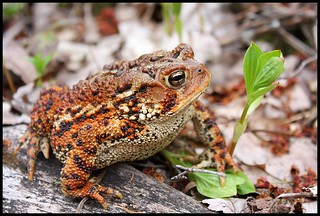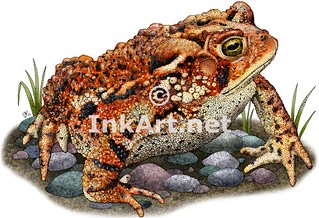This is a very difficult area that I think does not have a definitive answer. I have thought about this with some of my window photos as they often have murals included.
I believe that I could make an acceptable, logical argument that pretty much anything could be ethically photographed, and equally make a counter argument that almost nothing should. In the end I think it becomes subjective based on you own value judgement.
Given that pretty much everything in an urban environment is created by a person or group of people, if we believe we should not be taking photos of someone else’s art (what is art anyway) we would not take photos of anything. When does a painting become a mural to becoming a colour scheme a building? Is a sculpture different than a building just because one is suitable for human occupation? Or any other functional object that has been created by a person (I tend to recall a recent situation where someone got into trouble taking a photo of a famous chair in France ??). Is graphic design different other forms of artwork?. If no, then street signs and traffic signs should be classed the same “art” and should not be photographed. By this argument, anything that someone has used a creative process to make should be off limits. That pretty much leaves us only being able to photograph the untouched natural world (provided it is not part of a garden that has been landscaped or laid out as a park), and people (provided that everyone dresses the same and does not express their own creativity through tattoos, makeup, haircuts, plastic surgery or shaving their face).
Having said all that, I think the final decision rests with the photographer provided that there is no attempt to claim originality or authorship to subject in question. Similarly I disagree with taking someones else's art and modifying it and claiming it as original work. My personal feeling is that if it is in the open to be shared in the public domain it is fair game. If it is something you can see without having to use subterfuge, or is in a protected environment I am happy to photograph it, although just taking a photo of someone else’s “art” in isolation normally demonstrates lack of creativity by the photographer as should be avoided for that reason.
Another question (but I think a different one) as raised by Marko in the Hope Obama example, is when does replicating a style become plagiarism? How many truly original ideas are there left without one image somehow resembling another that has been created in the history of recording? How do you define how close it has to be to be a copy? Is it OK to replicate a scene in a painting via photography? All difficult questions.
As an aside, it seems to me that in general this is pretty much only a contentious issue in photography when talking about copying 2D art, and less so when trying to create a 2D representation (photo) of a 3D scene art (the French chair excepted). However I see this becoming a huge issue over the next 20 years when 3D printing becomes more prevalent and pretty much any 3D object can be easily replicated
Sorry about the long response, but is a very interesting question


 LinkBack URL
LinkBack URL About LinkBacks
About LinkBacks






 Reply With Quote
Reply With Quote
 - Please connect with me further
- Please connect with me further 



Bookmarks